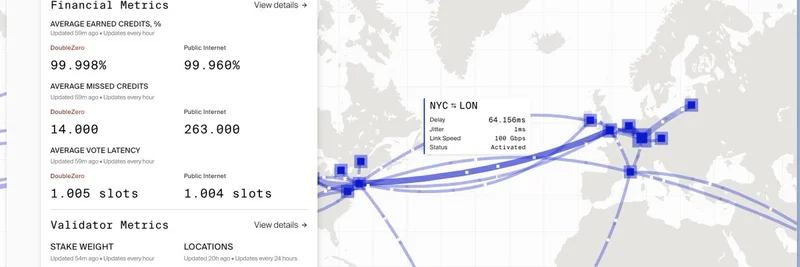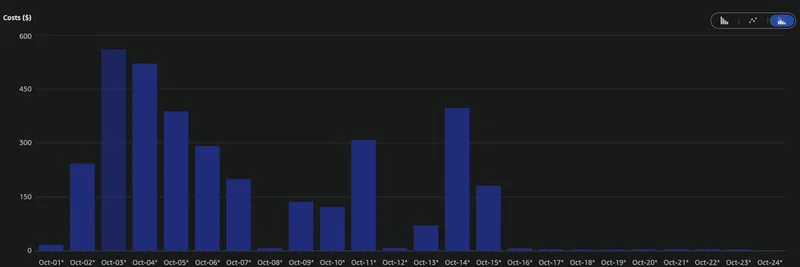In the fast-paced world of blockchain, where speed can make or break a network, DoubleZero is making waves with its innovative approach to infrastructure. Co-founder Austin Federa recently took to X (formerly Twitter) to remind everyone of the project's impressive feats. In his tweet, Federa emphasized that DoubleZero's contributors have built a global fiber network with over 70 links, now powering a whopping 25% of the Solana blockchain. That's no small achievement—building something like this requires serious expertise and coordination.
<DoubleZero, often stylized as $00 in meme token circles, is a decentralized protocol designed to create high-performance, permissionless networks tailored for distributed systems like blockchains. Think of it as upgrading the internet's backbone specifically for crypto. By leveraging private fiber optics from contributors—such as trading firms and big tech companies—it slashes latency (the delay in data transmission) and boosts bandwidth. This means faster transactions and more reliable performance for networks like Solana, which is known for its high throughput but can sometimes hit bottlenecks on public internet.
The tweet comes amid buzz around DoubleZero's mainnet launch, which went live recently with nearly 22% of staked SOL (Solana's native token) already on board, according to reports from CoinDesk. Federa's post links to the project's real-time dashboard, showcasing key metrics that highlight the network's robustness.
Looking at the dashboard snapshot shared in the tweet, here's a breakdown of some standout stats:
Financial Metrics: Average earned credits sit at an impressive 99.998% on DoubleZero, compared to 99.960% on the public internet. Missed credits are low at 14 on DoubleZero versus 263 on public networks, showing higher reliability.
Vote Latency: This measures how quickly validators can vote on blocks. DoubleZero clocks in at 1.005 slots, just a hair better than the public internet's 1.004 slots—but in blockchain, every millisecond counts.
Validator Metrics: Stake weight is at 24.66%, with validators spread across 21 locations worldwide.
Telemetry Metrics: The map visualizes global connections, like the NYC to London route with 64.156ms jitter, 180 Gbps link speed, and active status.
These numbers underscore why DoubleZero is gaining traction. As a DePIN (Decentralized Physical Infrastructure Network) project, it incentivizes fiber owners to contribute their underutilized assets through tokens, creating a "private internet" for blockchains. Backed by investors like Galaxy and Foundation Capital, it's positioned to scale distributed systems beyond current limits.
The conversation around Federa's tweet also touches on tokenomics and team commitment. In a related post from Degenerate News, it's noted that the team, founders, VCs, and foundation are all locked in with no token sales yet. This transparency is crucial in the meme token space, where trust can be fleeting. Federa clarified in replies that the token launched onchain at a modest valuation, with unexpected demand pushing it higher.
For blockchain practitioners eyeing meme tokens with real utility, DoubleZero stands out. It's not just hype—it's tangible infrastructure that's already live and impacting Solana. If you're building on Solana or exploring DePIN projects, keep an eye on DoubleZero's progress. As Federa puts it, this is "a real thing that's very hard to pull off," and it's only getting started.
Whether you're a validator looking to migrate or a trader chasing low-latency edges, DoubleZero could be the upgrade your setup needs. Dive into the documentation or check out community discussions on X for more.




